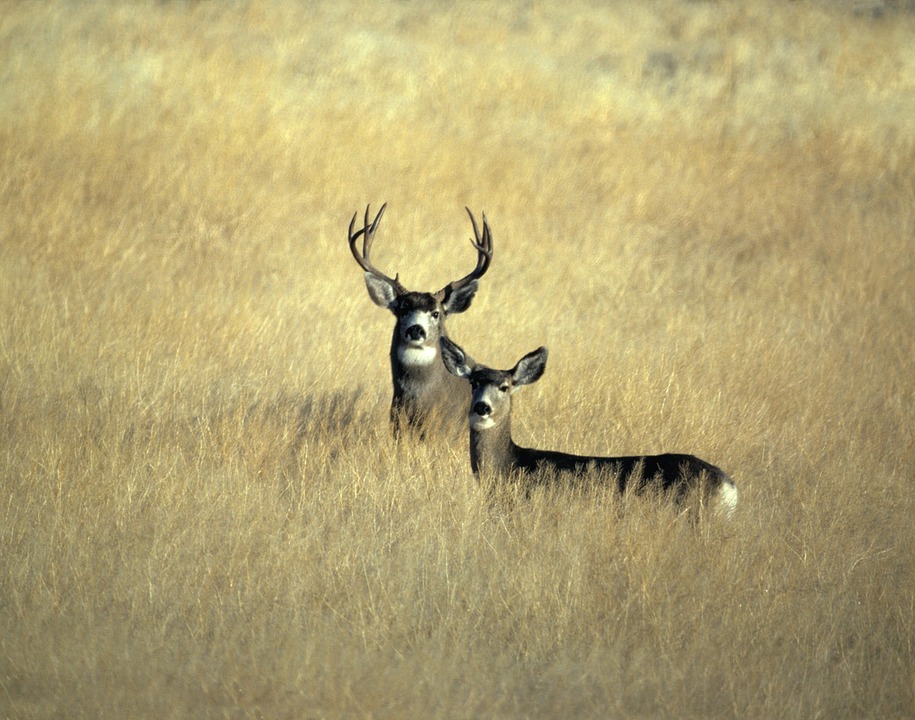Sine 1984 The Rocky Mountain Elk Foundation (RMEF) has been ensuring the future of elk and other wildlife is secure across North America. In addition to protecting public lands and conserving elk habitat, the RMEF is also a voice for hunters, actively endorsing the sport of hunting on a daily basis. Utilizing industry data and their internal statistics, the RMEF recently released a comprehensive list illustrating 25 reasons why hunting is conservation. Here they are:
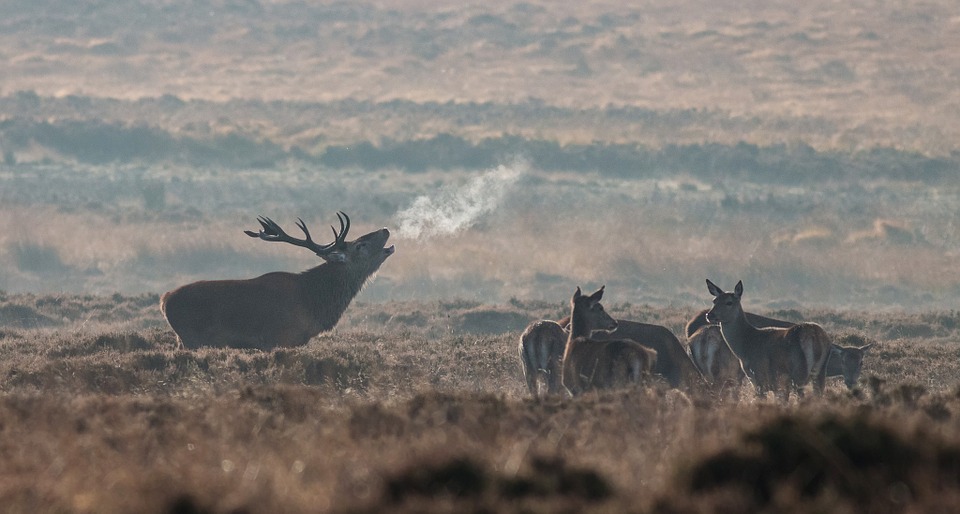
In 1907, only 41,000 elk remained in North America. Thanks to the money and hard work invested by hunters to restore and conserve habitat, today there are more than 1 million.
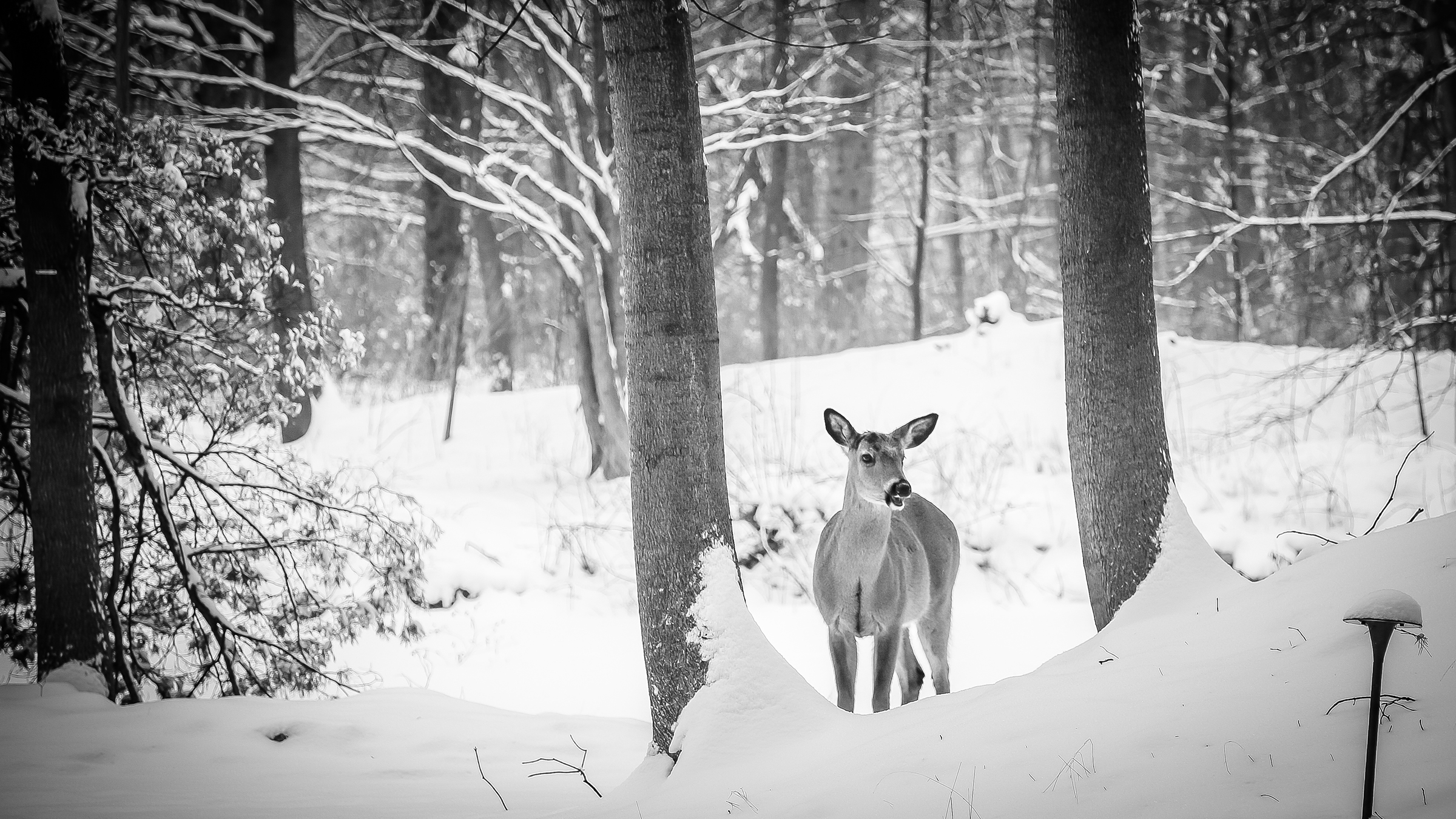
In 1900, only 500,000 whitetails remained. Thanks to conservation work spearheaded by hunters, today there are more than 32 million.
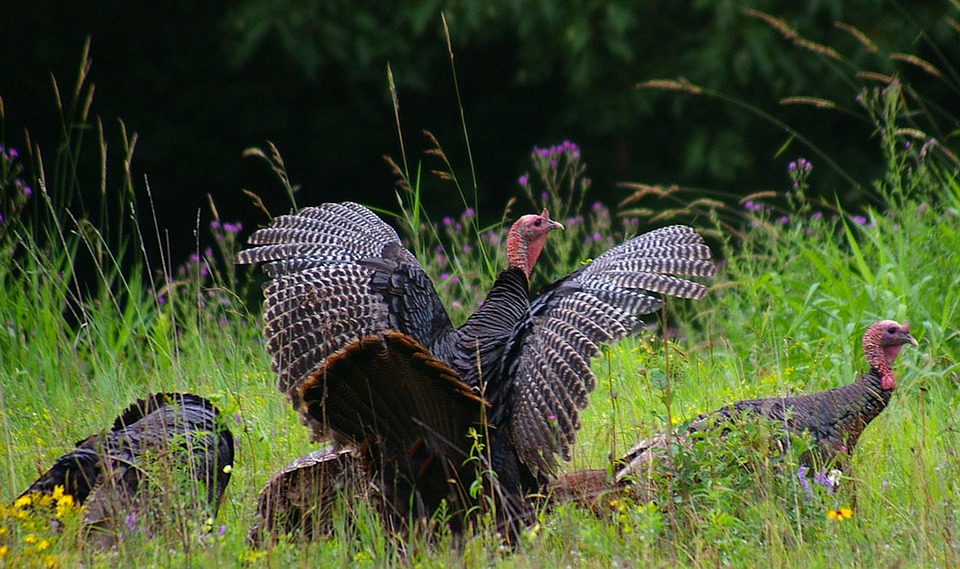
In 1900, only 100,000 wild turkeys remained. Thanks to hunters, today there are over 7 million.
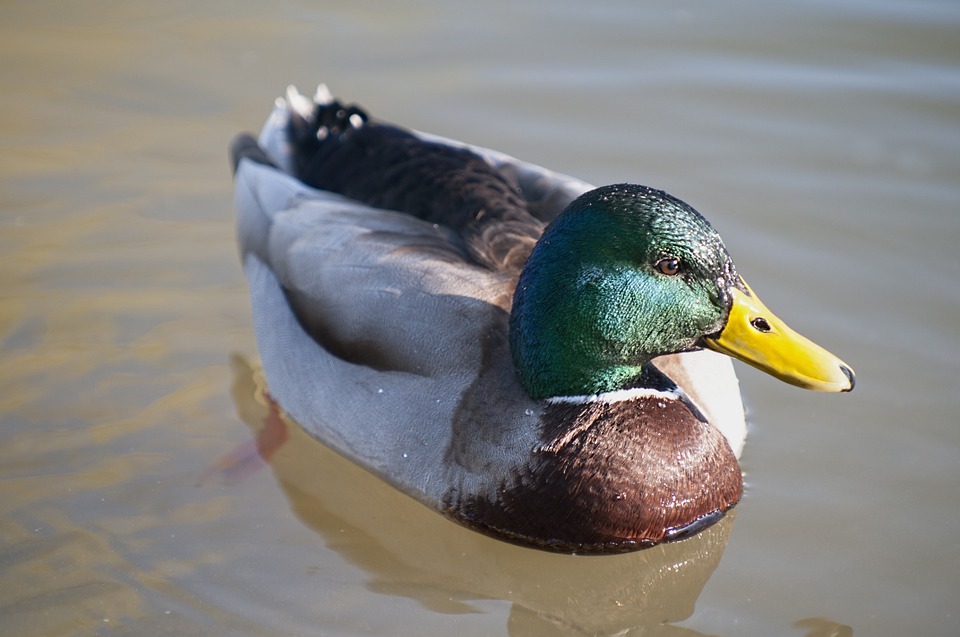
In 1901, few ducks remained. Thanks to hunters’ efforts to restore and conserve wetlands, today there are more than 44 million.
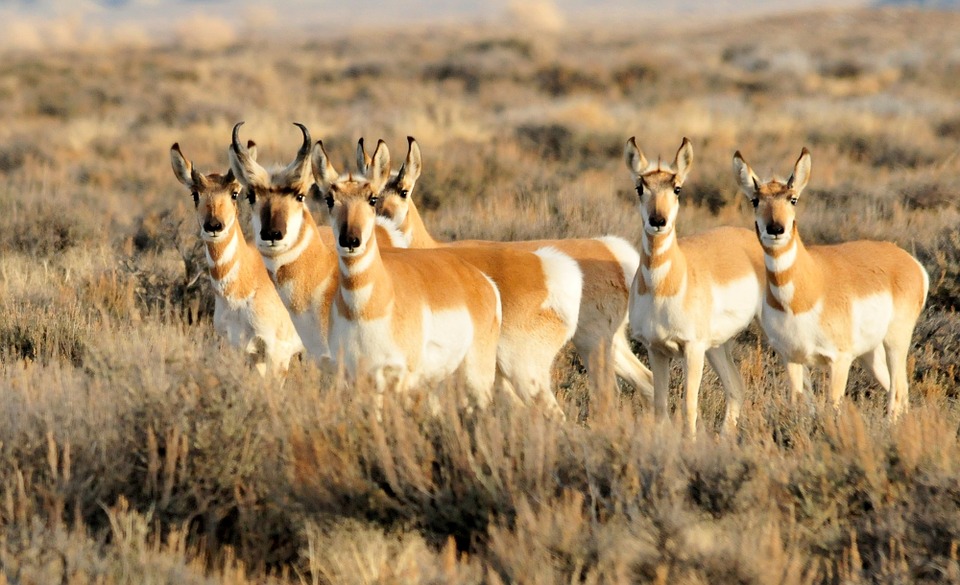
In 1950, only 12,000 pronghorn remained. Thanks to hunters, today there are more than 1.1 million.
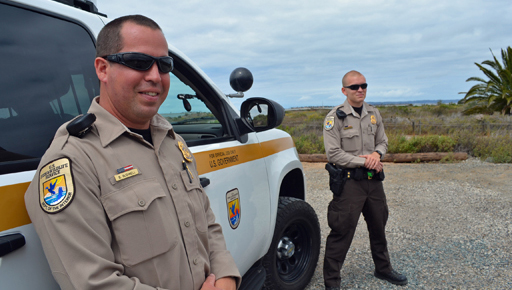
Habitat, research and wildlife law enforcement work, all paid for by hunters, help countless non-hunted species.
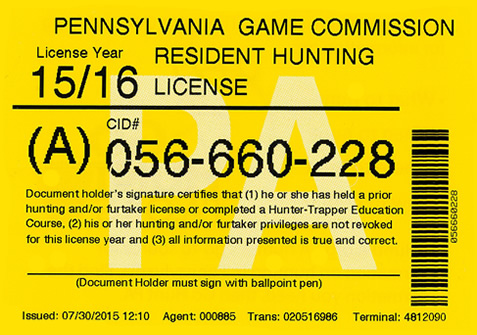
Through state licenses and fees, hunters pay $796 million a year for conservation programs.

Through donations to groups like RMEF, hunters add $440 million a year to conservation efforts.

In 1937, hunters actually requested an 11% tax on guns, ammo, bows and arrows to help fund conservation. That tax, so far, raised more than $8 billion for wildlife conservation.

An 11% tax on guns, ammo, bows and arrows generates $371 million a year for conservation.
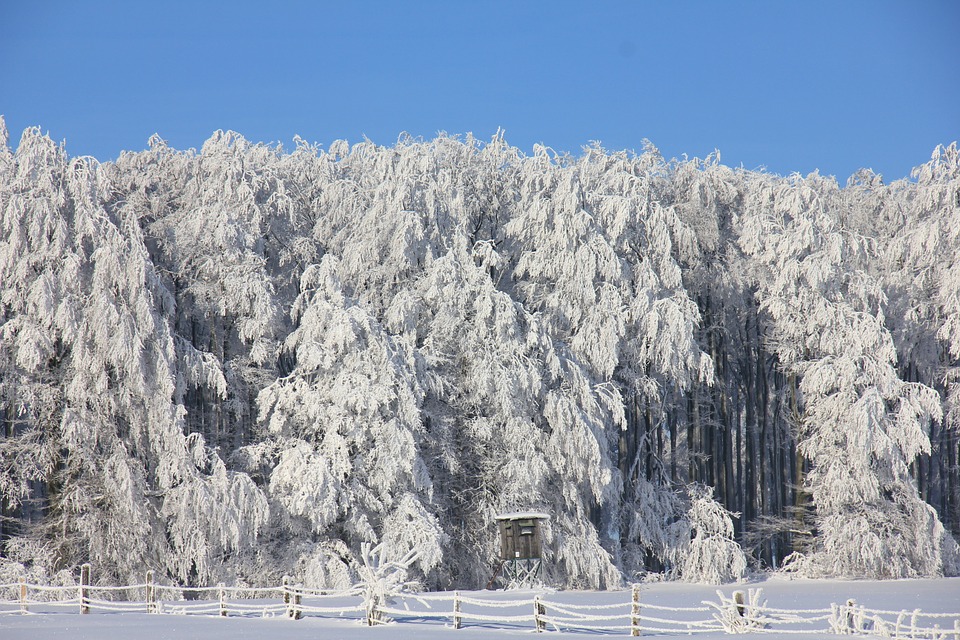
ll together, hunters pay more than $1.6 billion a year for conservation programs. No one gives more!

Three out of four Americans approve of hunting, partly because hunters are America’s greatest positive force for conservation.

Every single day U.S. sportsmen contribute $8 million to conservation.

Hunting funds conservation AND the economy, generating $38 billion a year in retail spending.
A photo posted by Eva Shockey-Brent (@evashockey) on
Female participation in hunting (3.35 million) is on the rise thanks to a 10% increase from 2008 to 2012.

More than 95 percent of our 205,000 members are passionate hunters. More people hunt (19.3 million) each year than play soccer (13.7 million), tennis (13.6 million) or baseball (12.1 million).
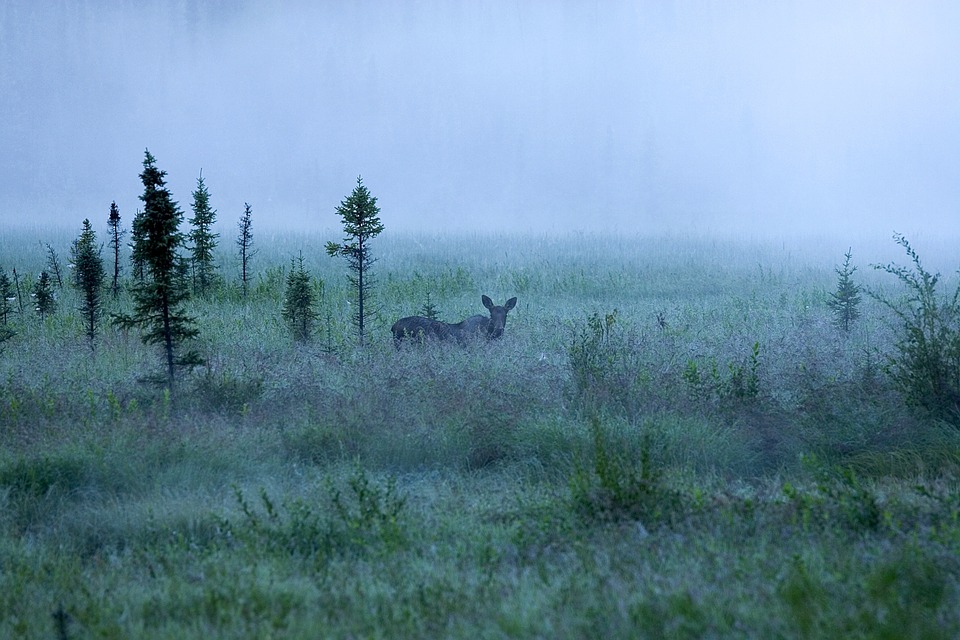
A wildlife management tool, hunting helps balance wildlife populations with what the land can support, limits crop damage and curtails disease outbreaks.
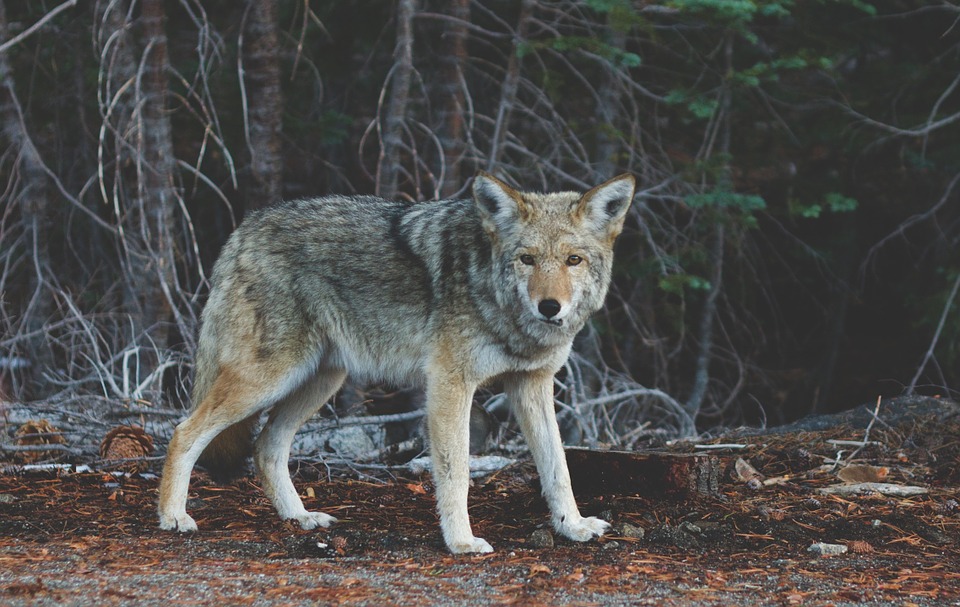
Hunters help manage growing numbers of predators such as cougars, bears, coyotes and wolves. Our government spends millions to control predators and varmints while hunters have proven more than willing to pay for that opportunity.
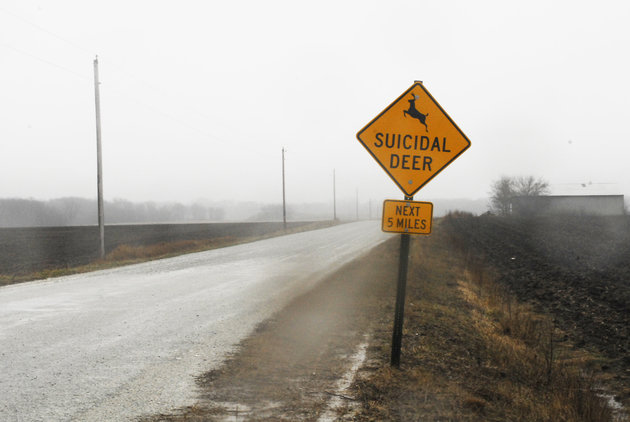
Hunting has major value for highway safety. For every deer hit by a motorist, hunters take six.

Hunting supports 680,000 jobs, from game wardens to waitresses, biologists to motel clerks.

Hunters provide for conservation—and for their families. Hunting is a healthy way to connect with nature and eat the world’s most organic, lean, free-range meat
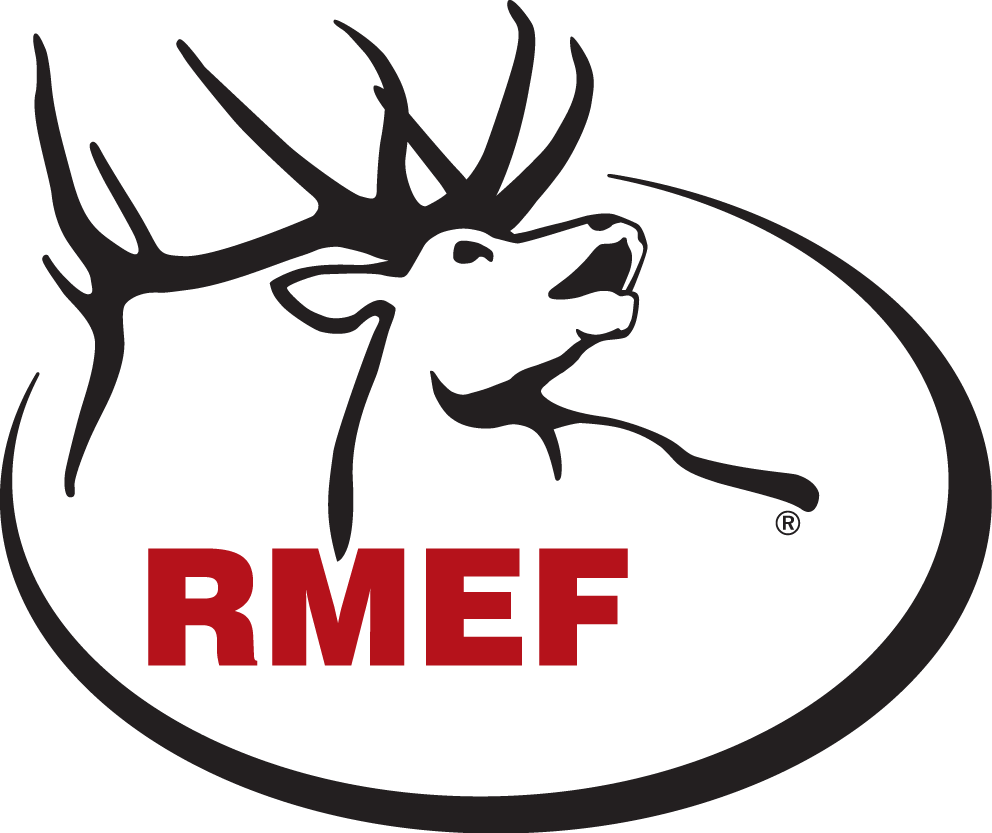
Hunters are the fuel behind RMEF and its 6.7 million plus acres of habitat conservation. More than 95 percent of our members are passionate hunters.
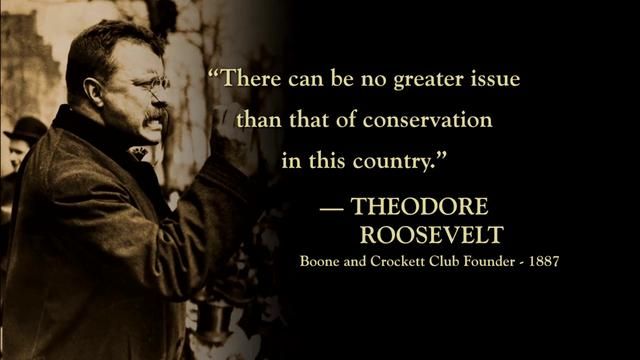
Avid hunter Theodore Roosevelt created our national forests and grasslands and forever protected 230 million acres for wildlife and the public to use and enjoy.
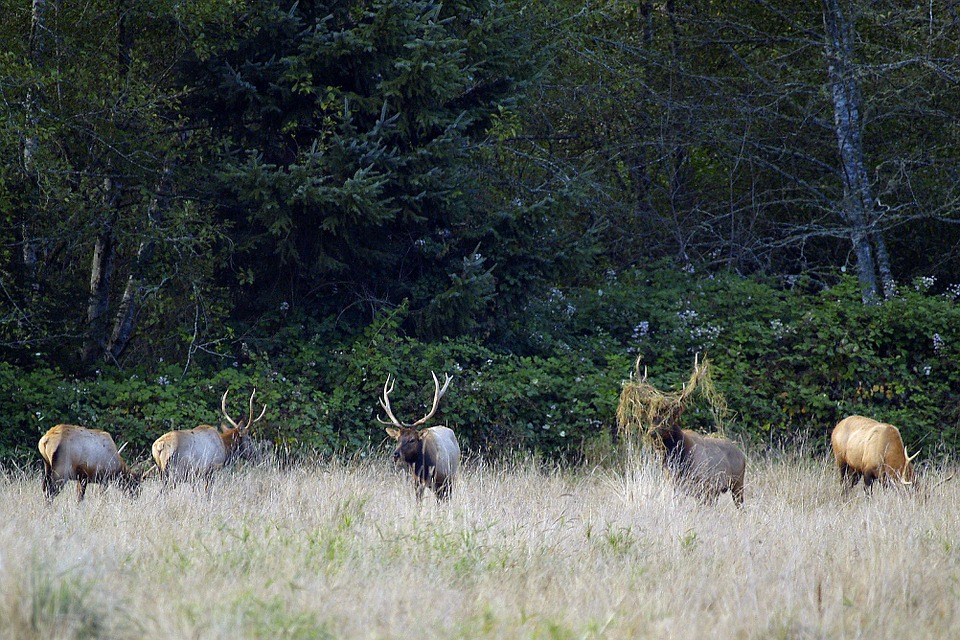
With funding from hunters, RMEF helped restore wild elk herds in seven states and provinces.

As society loses its ties to wildlife and conservation, the bonds with nature formed by hunting are the greatest hope for creating the next generation of true conservationists.

